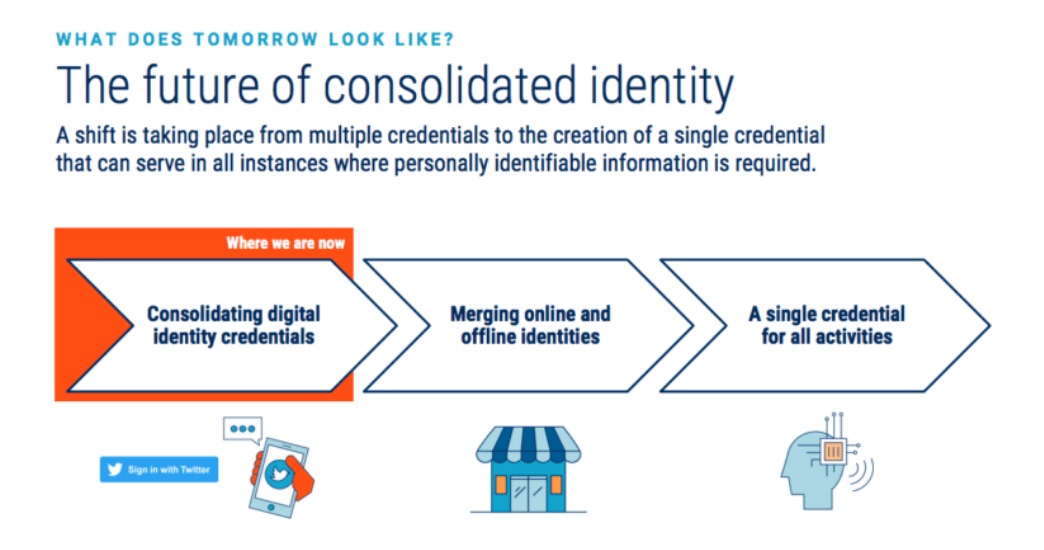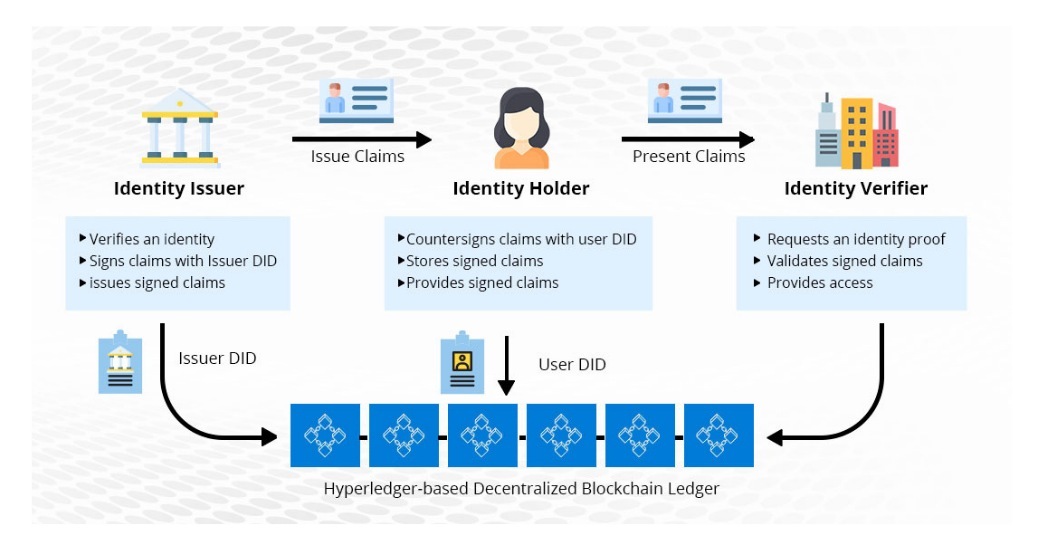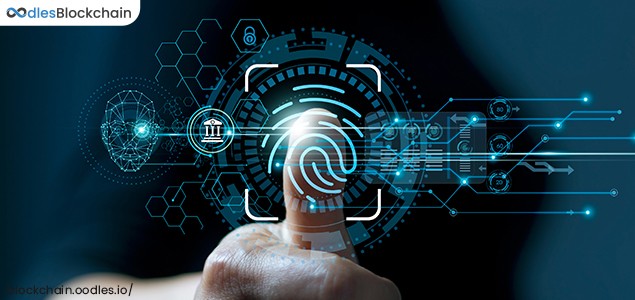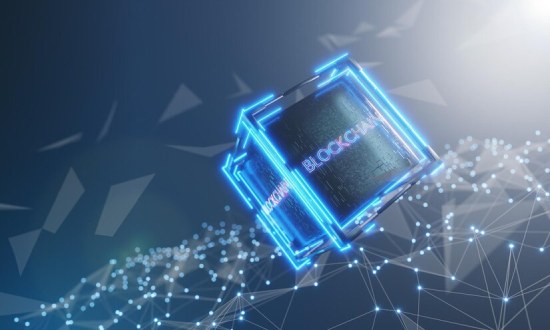-
The blog post highlights the challenges associated with today's identity management systems, such as not being secure, efficient, and sustainable enough. As a solution, it proposes considering blockchain app development for streamlining digital decentralized identity management.
Digital Identity Management | Challenges
Millions of people come online every day. They conduct various activities, ranging from researching an academic topic and shopping for new goods to carrying out various financial transactions.
Many online purchases require individuals to reveal particular personal details before accessing services. For instance, many online sites like Amazon Pay, PayPal, and Google Wallet, ask users for their financial and personal information. Only after providing sign-up/login data, users are able to execute financial transactions on these sites.
Our information is spread across various internet databases whenever we disclose this information online. Due to this, through these multiple channels, digital copies of the same person spring into being.
Inefficient Consent Management
The majority of systems in place rely heavily on individual data collection without an owner's knowledge. Furthermore, without the owner's permission, centralized systems share the information stored in these online databases with third parties.
It often happens in a user's interest or service, like suggesting relevant goods and services. However, the fact that it does not obtain users’ consent and the power remains in central authorities’ hands does not alter. Seeking permission from users to ask whether they want their information shared is non-existent.
Also, Explore | Blockchain-Based Identity Management System
Blockchain for Identity Management
Businesses can form a blockchain network that protects user identities while significantly reducing fraudulent activities. Technology can enable companies to develop robust blockchains that automate authentication and reconciliation problems across various industries.
Also, it gives lets people create encrypted digital identities that can replace several usernames and passwords with robust security features. It saves valuable time and money for consumers and organizations.
On a blockchain network, individuals can establish a self-sovereign identity.
A self-sovereign identity refers to an identity that empowers individuals to create, manage, and control their information themselves. Such an identity is difficult to steal from a person. It deals with the problem of identity theft prevalent in the conventional identity management system.
The use of permissioned blockchains may also include a decentralized registration mechanism. It means that an individual can obtain an identity that is not dependent on any centralized authority. Thus, no third party can regulate or deal with it without an individual's permission.

Suggested, Post | Empowering Digital Identity Management With Blockchain
Advantages of a Blockchain Digital Identity Platform
To access products/services, organizations achieve the right to determine when and what data they exchange with other entities. Entities have full control over their identity transferability, confidentiality, and authentication, making communication with other entities more secure.
Who will be the Participants
To access products/services, organizations achieve the right to determine when and what data they exchange with other entities. Entities have complete control over their identity transferability, confidentiality, and authentication, making communication with other entities more secure.
Identity Subject
An identity subject is an entity that needs to prove its identity. It could be a person seeking identification and certificates or an agency seeking licenses and permits, or performance and safety equipment.
Issuer
An issuer is a permissioned organization that grants identity credentials to the identity owner.
Verifier
A verifier is an individual who verifies an identity before approving it to access services.

How will it Work
As verifiable credentials, approved issuers may grant identity information to identity owners. The identity details in verifiable credentials will comprise a user's KYC information. Verifiers create a verification template that, together with the list of issuers encapsulated in a QR code, calls out the details.
An individual scans the QR code, and the wallet retrieves the applicable credential. As required, he selects unique attributes/claims from those credentials.
Without making a verifier reach out to the issuer, blockchain technology allows the verification of an issuer's credential validity, an individual's ownership of statements, and more. Indeed, it expedites verification processes as well as business efficiency.
Also, Check | Digital Identity Management with Hyperledger
Advantages for Stakeholders
For Individuals / Organisations / Computers
Without displaying any tangible records, various organizations can prove who they are in the digital and physical world. They have ownership over their identity and can determine what and to what degree knowledge is exchanged. The program is comfortably portable.
For Issuers of Identity
Issuers will avoid physical record issuance, eliminating data manipulation and fraud and minimizing operating costs. Blockchain ledger enables released information processing that allows verifiers to verify information provided by identity holders.
Identity issuers may revoke issued credentials in case of any inconsistencies. Issuers may mention validity information for time-bound Verifiable Credentials during the issuing process.
For Verifiers of Identity
By reducing the time and expense for the management of Identity and Access Management systems, verifiers will concentrate on service delivery.
They will do away with gathering physical records, reducing the processing time for the rendition of services. To exchange mutually beneficial data, they can collaborate with ecosystem players.
Also, Visit | Benefits of Digital Identity Management With Blockchain
Use Case | Healthcare
Following her most recent physical exam, Alice Garcia wants to conduct bloodwork. Her doctor sent her an order to take her to a nearby clinic for blood tests. Let's see how Alice can use a Decentralized Identity Network to protect her identity seamlessly.
Participants
Alice arrives at the clinic and the order, her proof of insurance, and her driver's license must be issued. The participants in a Decentralized Identity Network will be:
- The Motor Vehicle Department (DMV)
- Alice
- Office of her doctor
- Clinic
- Her insurance company for healthcare
The insurance provider and DMV provide Alice with her insurance and driver's license credentials in her digital wallet. After her physical, Alice's doctor's office gives a bloodwork order digital certificate.
Alice visits the clinic for her bloodwork. She provides public address of her digital wallet for her insurance, driver's license, and blood work order credentials. The clinic verifies credentials of Alice and performs blood work.
The team of blockchain experts will provide you with detailed knowledge of how the characteristics of the blockchain will change the digital identity management field.

Our Offices
INDIA
Emaar Digital Greens, Sector 61,
Gurugram, Haryana
122011.
Welldone Tech Park,
Sector 48, Sohna road,
Gurugram, Haryana
122018.














